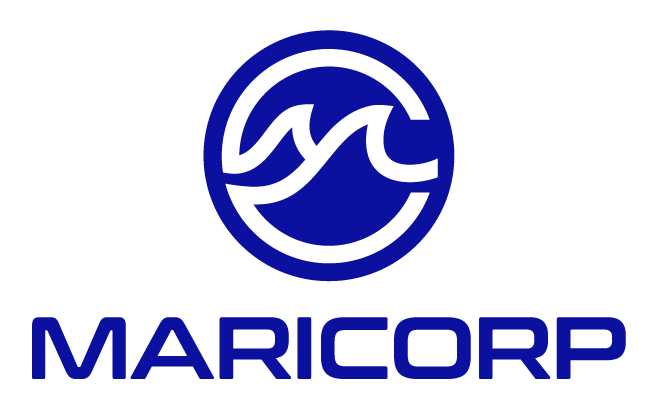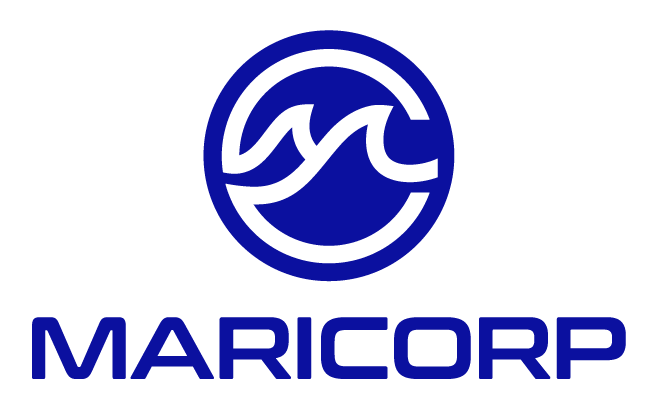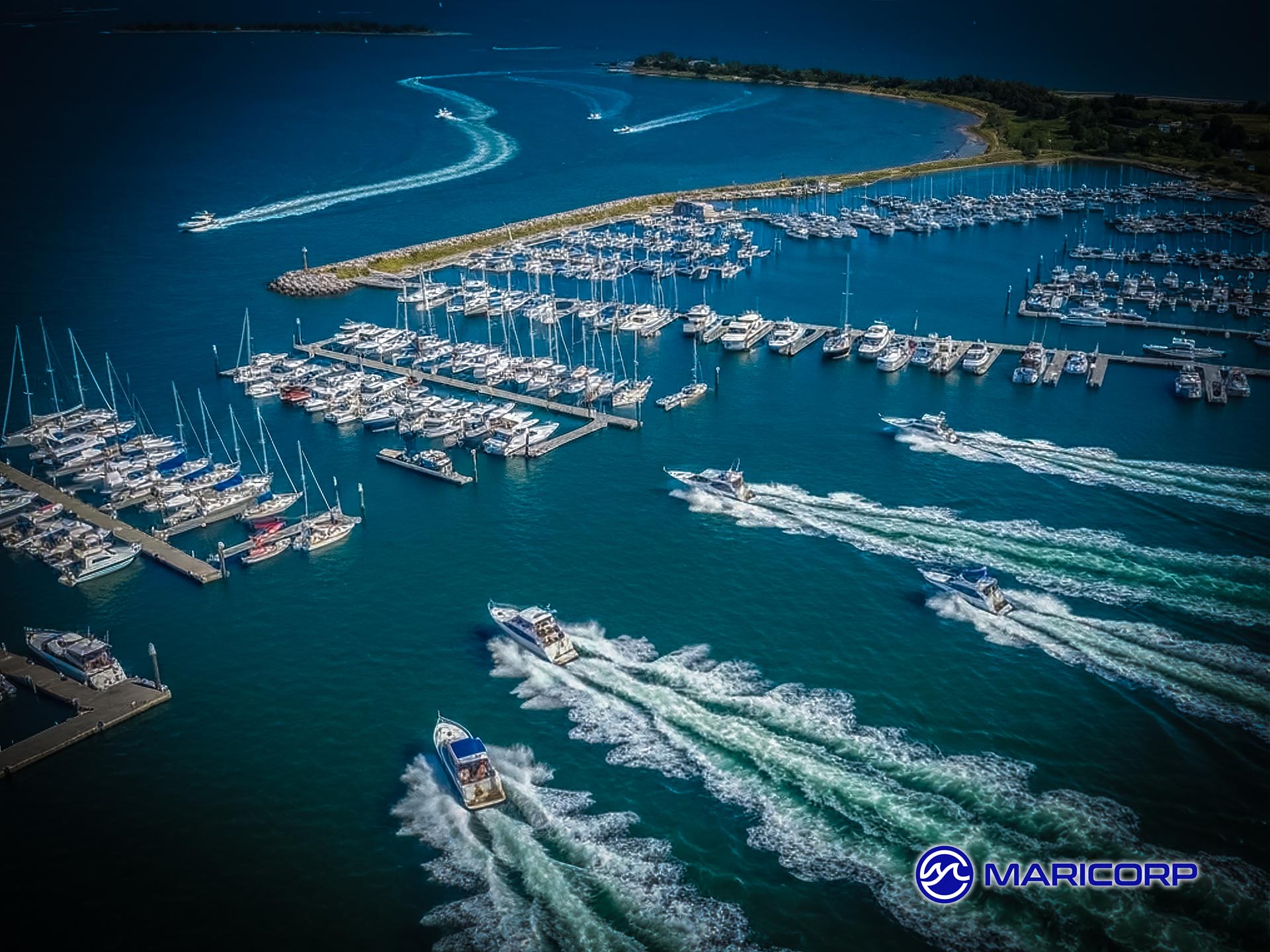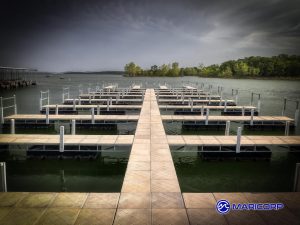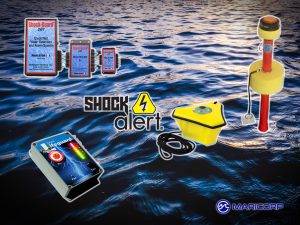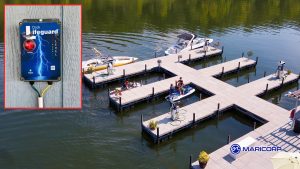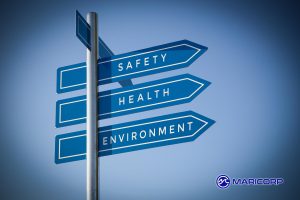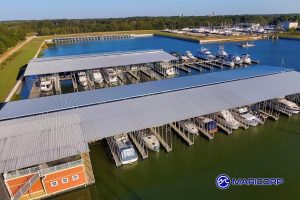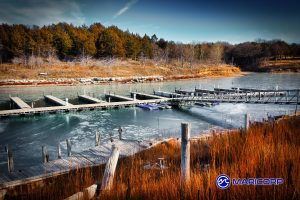Wake Damage Prevention for Marinas
Understanding the Risks of Wake Damage
In peak boating seasons, unmanaged wakes pose a silent but serious threat to marinas.
Uncontrolled vessel wakes can wreak havoc on marina infrastructure, private property, and fragile shoreline ecosystems. Even small waves generated by mid-sized recreational boats can gradually erode banks, loosen pilings, and degrade docks over time.
Financially, unchecked wake damage means constant expense—from repairing pilings and bulkheads to replacing damaged walkways and infrastructure. Environmentally, excessive wakes can wash away soil, collapse living shorelines, and disturb aquatic life.
Beyond infrastructure and habitat, there’s a legal and reputational risk. When a vessel’s wake damages nearby property, marinas and boat owners may face liability claims supported by documented patterns of negligent wake behavior. Embracing wake damage prevention not only safeguards physical assets but also helps marinas uphold community trust and operational credibility.
Understanding Wake Energy and Its Impact
Every boat moving through water generates waves—or wakes—that carry kinetic energy outward from the hull. This energy directly correlates with the vessel’s speed, hull shape, and weight distribution. Faster speeds and heavier loads produce larger wakes that travel farther and hit harder.
When these wakes strike unprotected shorelines or dock pilings, the impact isn’t always immediate; damage accumulates over repeated exposure. Wooden pilings may crack, steel bulkheads can fatigue, and concrete walkways may shift—weakening the overall structure.
Wakes also contribute to long-term erosion. At the water’s edge, soil and sediment gradually wash away, shrinking shoreline buffers and making inland areas more susceptible to flooding. In sensitive habitats, erosion can destroy spawning beds for fish, uproot aquatic vegetation, and degrade water quality—making wake management both an infrastructure and environmental imperative.
The Legal and Insurance Dimensions
Wake-related damage can carry substantial legal and financial consequences for marinas and boaters alike. According to Merrimac Marine Insurance’s guide on boat wake liability, even “moderate wakes…can gradually erode bulkheads, weaken pilings, and degrade dock components,” creating situations where injured parties may launch lawsuits. Liability isn’t theoretical—other owners whose property is affected by recurring wakes may pursue claims under general maritime law or local civil codes.
Insurance companies are increasingly noticing wake damage trends. Underwriters may offer reduced premiums to marinas that can demonstrate active wake damage prevention programs and policies in place—signage, enforcement logs, shoreline buffers, and documented damage assessments. When kept current, these measures not only justify discount eligibility but also strengthen a marina’s defense during any claim.
Boat insurance too can be affected by wake incidents. Many insurers will review wake-compensation claims when barn-damage or shoreline erosion events occur, which may result in higher premiums for boaters or marinas . Maintaining documented patrol logs and preemptive risk controls can improve both coverage terms and insurer perception.
Marinas should collaborate directly with brokers to clarify policy language and identify coverage gaps before a loss arises—for both hull and liability protections. Those that fail to prepare may face unexpected exclusions or higher deductibles during peak boating seasons.
Clear Communication Starts with Signage
Effective wake damage prevention begins on the front lines, with clear visual reminders posted throughout the marina. Signs at launch ramps, docking areas, and transit paths should display a standard message such as “No Wake within 150 ft,” reinforced with ripple icons to aid comprehension—especially for international or first-time visitors.
These signs are most effective when complemented by orientation materials. Many marinas now include wake policies within pre-arrival communications—emails, reservation confirmations, or text reminders. Some integrate local no-wake maps into GPS-enabled marina apps, guiding boaters before they even dock.
Analog reminders remain useful too. Inclusion of wake guidelines in printed check-in packets, posted QR codes for digital policy access, and visible placards on docks all reinforce guest awareness. The key is consistency—multiple reminders at various touchpoints drive home the expectation and encourage compliance.
Using a combination of static signage and digital alerts helps embed wake awareness into the marina experience. When guests encounter the message on arrival, then again on a kiosk or app, the information is much more likely to stick—and reduce violations.
Educating Boaters on Responsible Boating Practices
Boater education is the cornerstone of effective wake damage prevention. Signage establishes expectations but guiding visitors on responsible boating practices ensures lasting compliance. A central resource is Boat-Ed’s module on Controlling Your Wake, which teaches boaters how throttle, weight distribution, and speed directly influence wake behavior. By integrating this course link into reservation confirmations or new customer orientation materials, marinas turn abstract policies into practical, every day habits.
In-person interaction reinforces policy adherence. A marina orientation checklist might include items like: “Maintain slow speed (under 5 MPH) within 150 ft of shore,” or “Allow at least 50 ft of separation before accelerating.” Presenting these tips at check-in, during safety seminars, or on informational posters inspires boaters to take an active role in wake management.
Enforcement and Patrol Procedures
Even the best education programs need backbone. Enforcing compliance through regular and consistent patrols is necessary to embedding a culture of safety. Staff can conduct “quiet patrols” via kayak, tender, or sailboat, observing vessels and noting infractions of wake zones. A brief follow-up—whether a friendly reminder on their return or a courtesy email—goes a long way toward correction.
Maintain an incident log, capturing date, time, vessel ID, and the observed incident. This documentation helps support enforcement and reduces risk in wake-related damage claims. If excessive wake conduct continues, consider graduated responses—reminder letters, temporary docking suspension, or, in persistent cases, revoking docking privileges.
Natural Shoreline Buffers as Passive Defense
A simple yet effective strategy for wake damage prevention is the use of natural shoreline buffers. Marsh grasses, native aquatic plants, and restored wetlands absorb wave energy before it reaches sensitive areas. According to the Discover Boating shoreline protection guide, these bio-engineered buffers significantly reduce erosion and provide valuable habitat for fish and waterfowl. Planting native species along marina shorelines not only softens wake impact but also enhances water quality and biodiversity.
Collaborating with local environmental groups to design and maintain living shorelines can be a cost-effective way to strengthen resilience. Over time, shoreline vegetation becomes self-replenishing, unlike hard structures that require frequent repairs. As part of community outreach, marinas might host volunteer planting days, reinforcing both stewardship values and responsible boating practices.
Engineered Wake Deflection Structures
Where natural buffers aren’t feasible, engineered solutions offer robust protection against disruptive wakes. Floating booms, submerged offshore breakwaters, and angled pilings can deflect and dissipate wave energy long before it reaches docks and riparian zones. These structures are often installed at strategic buffer distances and at 30°–45° angles to redirect wakes effectively.
Seasonal marinas—especially those in shallow or channel-heavy locations—can benefit from floating wave attenuation systems that can be removed during off-season storage. While installation and maintenance incur costs, these investments typically pay for themselves by preventing ongoing damage to pilings, walkways, and bulkheads/seawalls. Including such systems in your wake damage prevention plan offers a strong statement of marina commitment and proactive management.
Technology for Wake Monitoring
To augment staff enforcement efforts, marinas can utilize technology-driven monitoring systems that rely on secure wireless infrastructure. A detailed EnGenius Wi Fi planning guide for marinas explains how to set up reliable Wi-Fi networks across docks—addressing common challenges like water interference, hardware durability, and coverage distribution—which are crucial for supporting IP-camera surveillance. By deploying cameras over this mesh network, marinas can achieve 24/7 monitoring coverage, receive motion alerts, and collect concrete evidence supporting wake damage prevention initiatives.
Sustaining Shorelines, Preserving Reputation
In today’s competitive boating environment, marinas that take proactive ownership of wake damage prevention position themselves for long-term success. Wake control isn’t simply a maintenance issue—it reflects the marina’s commitment to its customers, neighboring property owners, regulatory bodies, and the local ecosystem.
Through consistent education, effective enforcement, strategic shoreline protection, and thoughtful investment in monitoring technologies, marinas create an environment where responsible boating practices become the community norm rather than the exception. The financial returns are tangible: fewer infrastructure repairs, lower insurance premiums, improved guest satisfaction, and reduced conflicts with neighboring landowners. Yet the greater reward lies in cultivating a culture where boaters, staff, and the community all recognize the shared value of shoreline stewardship.
Wake management isn’t a one-time project; it’s a sustained operational philosophy that builds trust and resilience year after year. When marinas lead by example, they help shape not only safe waterways but a reputation that attracts returning guests and strengthens their standing as responsible, forward-thinking facilities.
Related Maintenance Articles
No links yet.
Additional Articles:
- Wear Your Life Jacket To Work Day 2025
- National Safe Boating Week 2025
- What I Learned Hosting Marina Days
- National Maritime Day 2025
- Celebrate “Kids to Parks Day” 2025
About MariCorp
Maricorp is one of the largest floating boat dock manufacturing and construction companies in the United States, specializing in galvanized steel floating docks and boat lift systems. With projects spanning coast-to-coast, Maricorp provides marina consultation and design, marine construction, marina repair and renovation, and boat dock disaster response and demolition.
